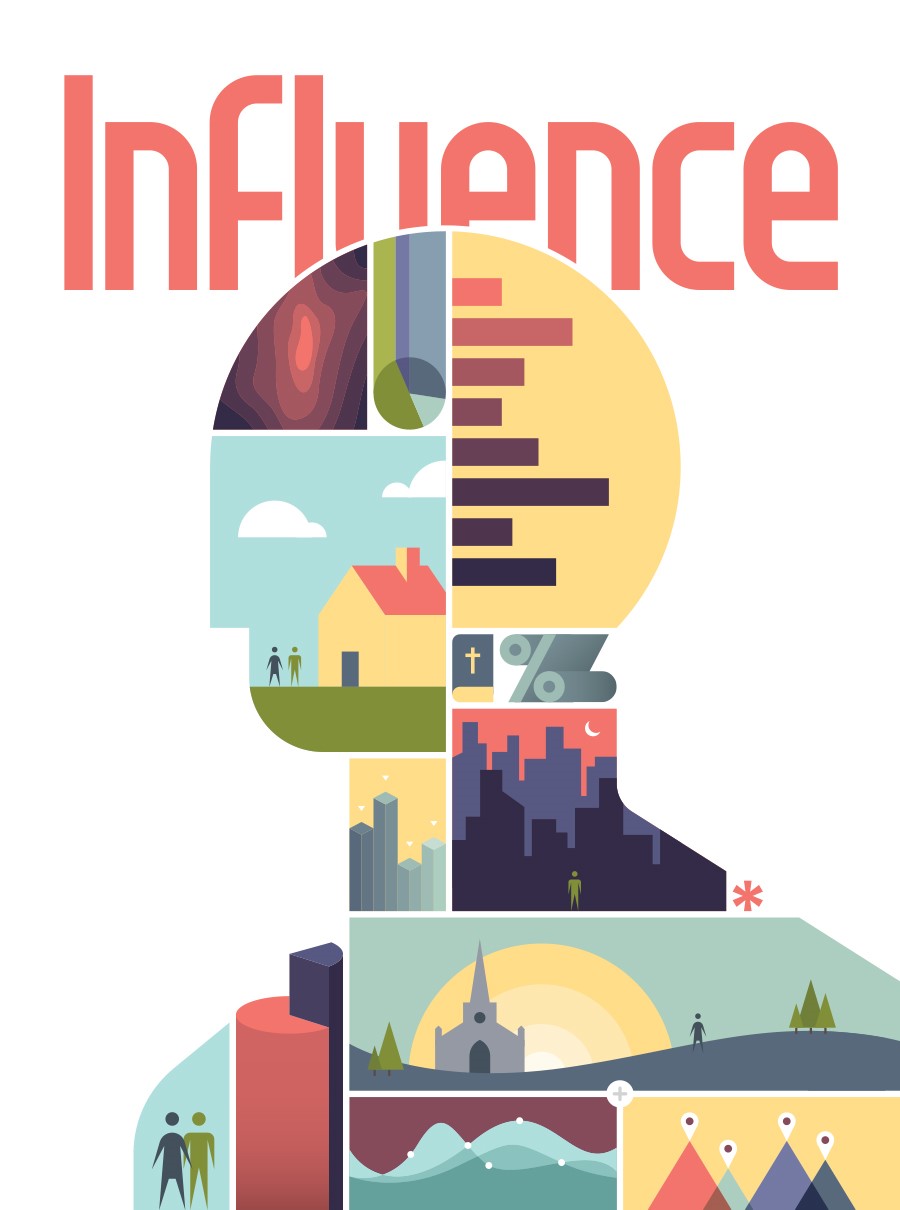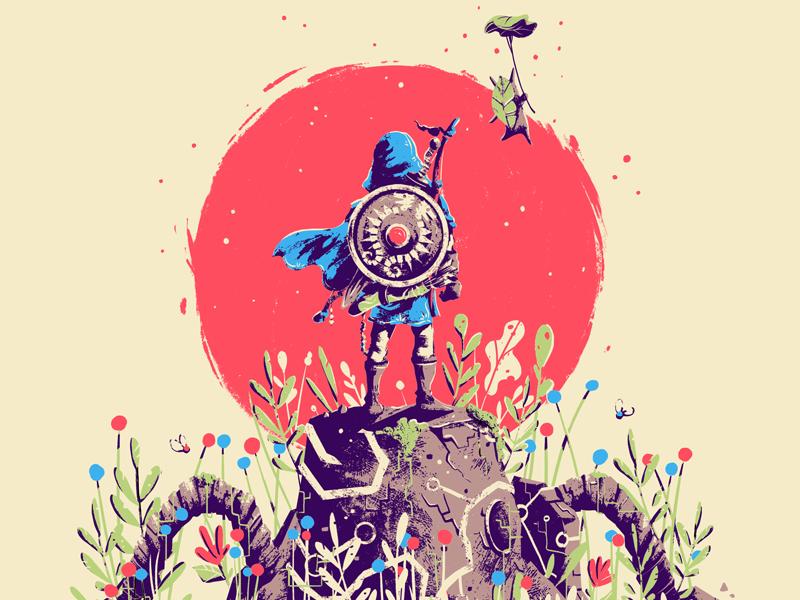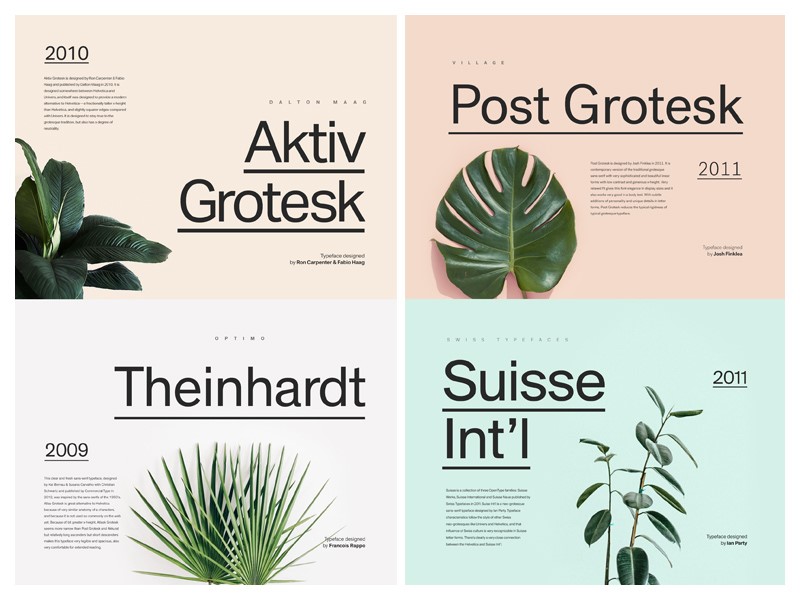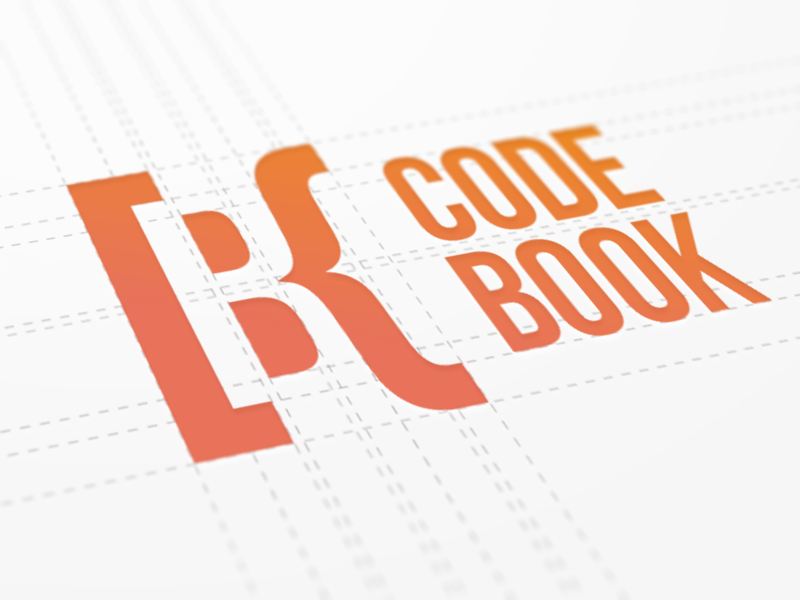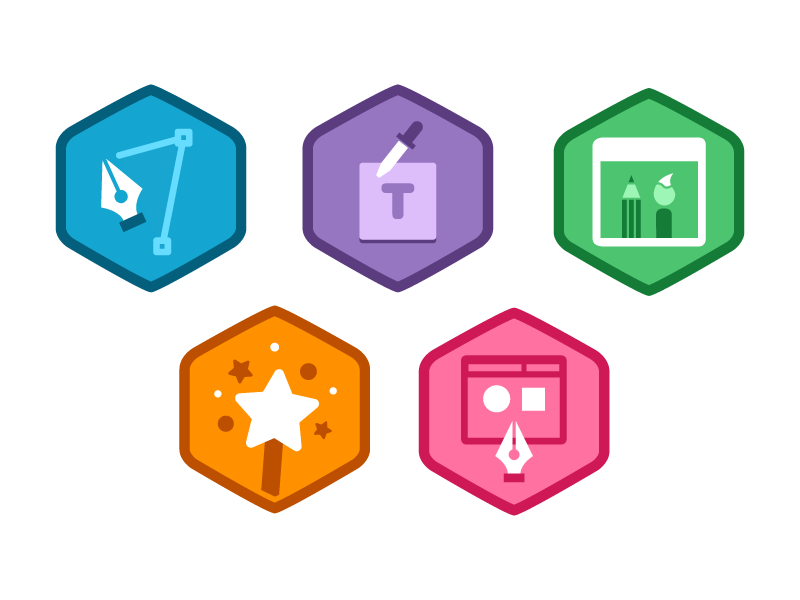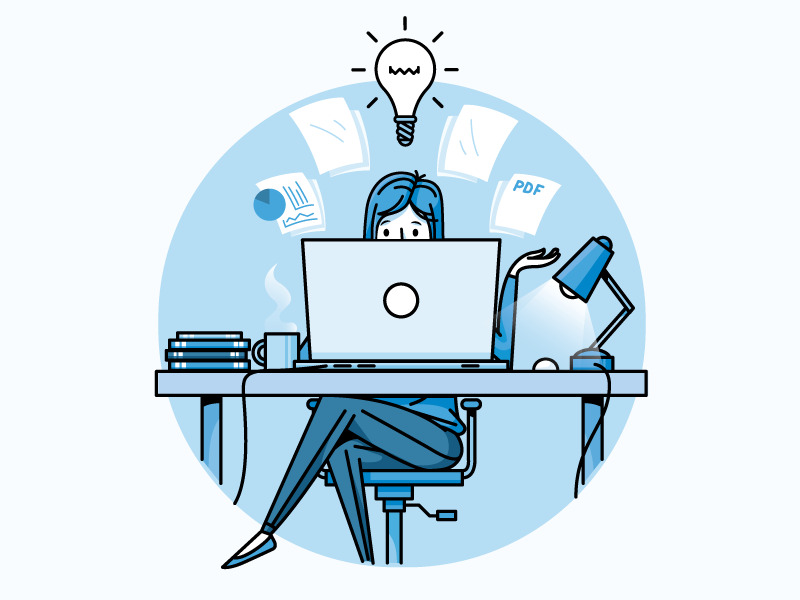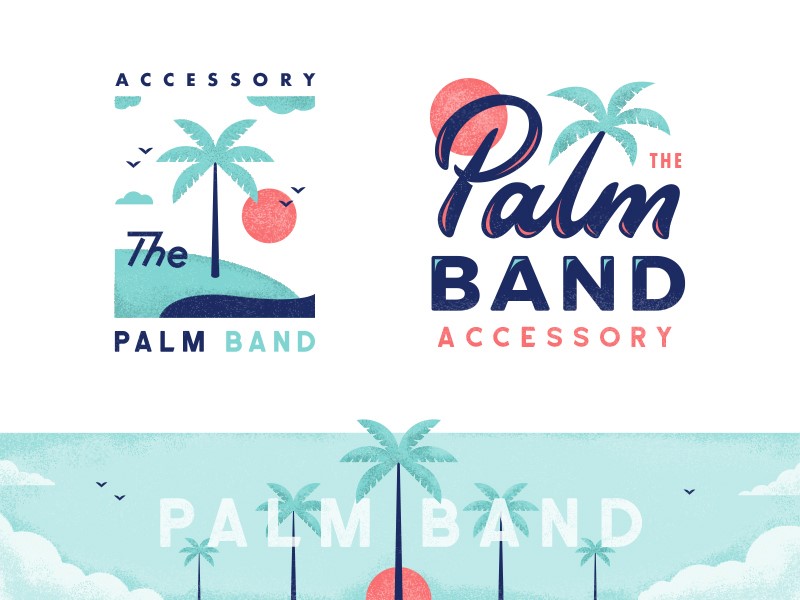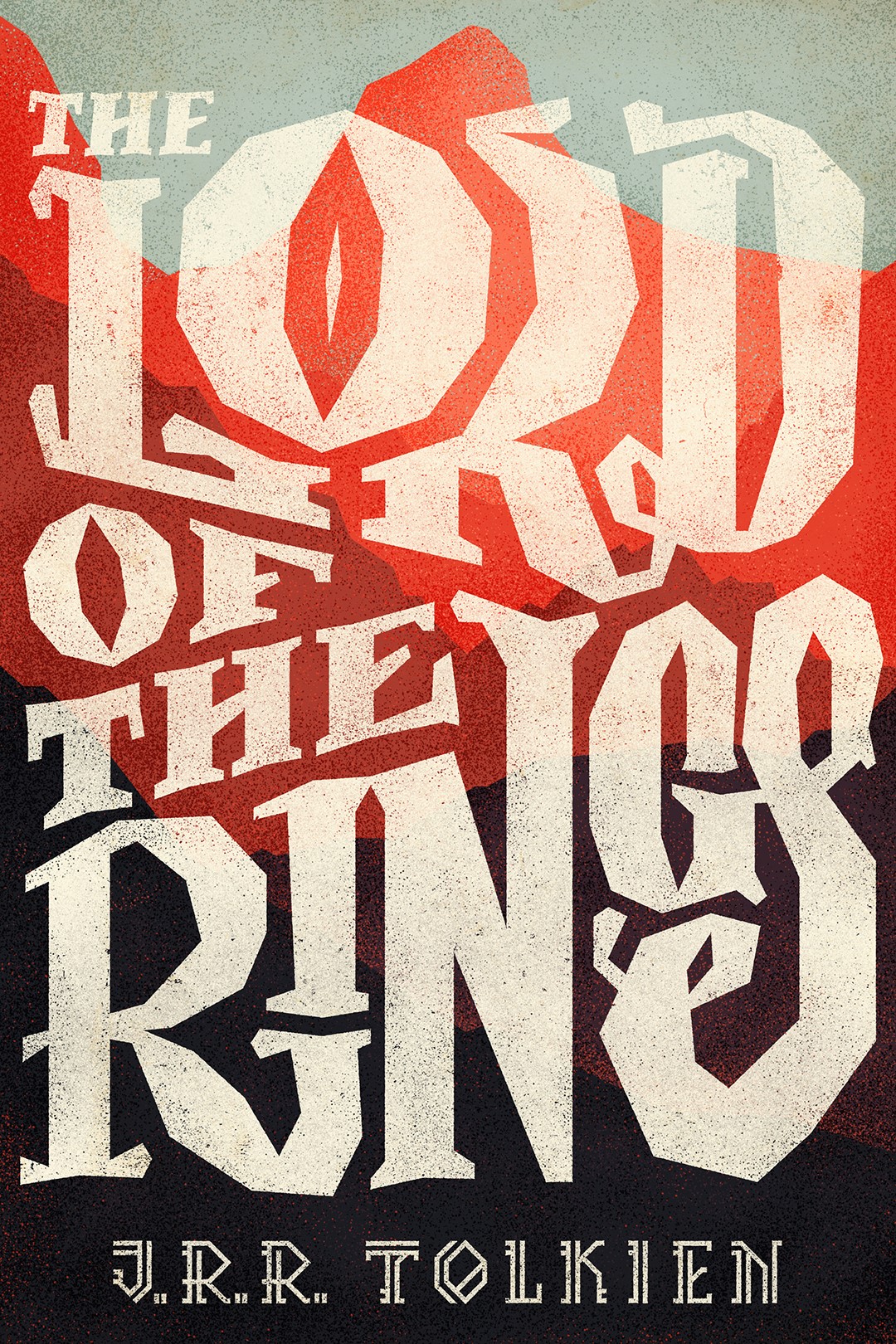As children, many of us used to draw or doodle to express our thoughts. Perhaps we doodled during lessons when work felt tedious and we no longer wanted to pay attention.
Some of may have doodles while thinking, creating a pattern or texture on the page. Perhaps we were discouraged by our early results and believed that we would never make it as a designer. As a result, we might have chosen a different profession.
Now, however, there is a whole new digital realm – which can assist us with bringing drawings or doodles to life. This has opened up a wide range of opportunities for many people to work in digital art or design.
Many people are taking the opportunity to learn about graphic design, even without a formal education. It’s possible to take part in online tutorials which can guide you on programs such as Illustrator, Photoshop or InDesign. There is a multitude of books available to teach the principles of design.
This is often a helpful path to follow. However, learning the foundations of graphic design, acquiring new skills or tools and developing your own personal artistic style can be a complex process. The following tips will guide you in your development as a graphic designer who combines beautifully edited images, fonts, and ideas to convey information to an audience, especially to produce a specific effect.
Listen to the influencers
Influencers are people with a strong online presence who develop and market a concept. This could be anything from an online concept such as a capsule wardrobe (which uses design to advertise products) to online artists who share skills or products which appeal to their audiences.
By speaking with influencers, you’ll gain insight into the online world and how it works. This can help you gain insight into how to follow trends. You might also learn the language often used online and gain tips on how to market products.
If you’re looking for influencers to engage with, turn to social media. Instagram and Twitter. Chat with the influencers who inspire you. They might respond to you, and you can begin a conversation. This will help you to learn from them.
Alternatively, you can follow the conversations and exchanges which exist between influencers and yourself. This will enable you to become a part of the design community.
You’ll be able to find support throughout your journey. Some influencers even work alongside other designers or people in the industry in order to host events or guest posts.
Search for inspiration
Once you’ve committed to becoming a graphic designer, start searching for work which inspires you. This can be as simple as searching the web and bookmarking artists or websites which inspire you. You could also build a Pinterest board with images which inspire you.
As you build your collection, you’ll begin to find the patterns or styles in the images which inspire you. This will assist you to begin creating your own works of art. If you’re constantly saving art deco images or cartoon designs, you could find resources on how to create them.
Create a hierarchy
The graphic design uses hierarchy in order to make content simple, digestible and easy to understand. This page is evidence of this – there are larger headings, subheadings and bold type which enables you to easily scan the page.
Hierarchy helps you to capture your viewers’ attention and makes your site easy to understand.
In order to create hierarchy on your pages, you can use different techniques, including:
- Size
- Color
- Spacing
- Grouping
It’s usually best to use one dominant aspect of your design when you’d like to create an interesting page. You could use an attractive logo or a dominant header in order to draw attention to the most important aspect of your page.
However, if your page is very well balanced, you might be able to focus on two different areas (such as a heading and a call to action button).
The element you give dominance to should be the most important part of your site or message. This will help you to create attention in the place that you need it most.
Spatial awareness
When you’re designing, it helps to acknowledge both positive and negative (white) space. Positive space is the space you use for your design or content and is how you fill the page. Negative space is the empty space which hasn’t been filled. At their best, these two different elements need to be in harmony with each other.
This will keep your design looking clean, simple and orderly. Used consciously, negative space can send a very effective message.
How do know when you’ve achieved the perfect balance between positive and negative space? There are no simple answers. It isn’t about the amount of space you use in your design, as much as it’s about eliminating anything superfluous so that your page is as clean as possible.
Go back to the foundations
When taken apart, every design is about simple elements which have been constructed to send a greater message. When you take a design apart (like un – baking a cake) you get to see the core elements that are used in the mix.
Once you’ve taken a design apart and reduced it to its simplest terms, you’ll find that you can use these principles to create your own designs. If you’re a beginner, you might want to start slowly, but as an advanced designer, you can begin to incorporate more complex techniques.
If you’re not sure how to combine the different elements to produce the effect you would like, you can experiment. You’ll learn each step of the way.
When you experiment with a design you:
Learn that you know more than you think you do.
You’ll learn where you are skilled, and where you could acquire new knowledge.
There are multiple ways to approach any design or problem in order to achieve the results you’d like.
Analyze your inspirations
If you’re a beginner and you’ve begun to grasp the basic concepts and use them effectively, it’s time to move on to the designs that inspired you and learn to analyze them. By taking your inspirations apart, you’ll begin to see how they were formed, and how you can begin to work in a similar way.
If your inspirations are websites, explore how they have been put together and the way that text, color, shape, symmetry, line and space have been used to create the look that appeals to you most. You’ll notice that although effective design can make a big impact, the concepts are very simple.
Pay attention to alignment
You might notice that the way you lay out your page or align your fonts makes a massive difference. This is because of the role symmetry plays in page composition. A single flourish or well-placed element can add just what you need to make your design stand out
Your designs might range from simple to complex, but your goal is to always strive for balance. Use symmetry as your guide to create a page which works.
Work with text
When you’re working as a designer, your goal is to get your message across. Whether you’re creating an attractive logo or working towards making a magazine’s copy readable, your goal is to work towards clarity. This doesn’t mean your fonts need to be boring. There is a wide range of fonts which will add visual appeal to your design or page.
Summary
When you’re working hard at becoming a graphic designer, your goal is to practice, practice, practice. Although you might feel intimidated by the skill of experienced designers and worry about ever being able to work to this standard. However, even the most skilled designers were once beginners learning the foundations.
In the creative field, everyone embarks on a unique journey, developing their own style in individual ways. There’s no single way to approach design and the majority of the time, you’ll learn through practice.
As you keep learning and developing, you’ll find out which skills are strong within your work, and which are lacking.
If you practice and develop new skills, you’ll develop as a designer. Over time, work which took you ages to manage will become intuitive and you’ll be able to manage to achieve results quickly. Mastering new projects will give you confidence as a designer.

